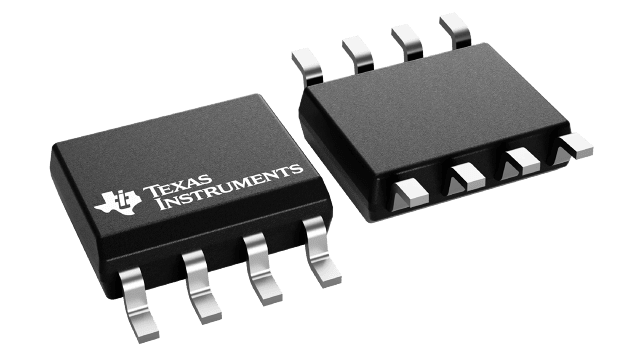Texas Instruments
OPA1632D
OPA1632D
Couldn't load pickup availability
OPA1632D Texas Instruments - Yeehing Electronics
Fully Differential I/O Audio Amplifier
Pricing (USD)
| Quantity | Unit Price |
| 1 — 99 | 3.135 |
| 100 — 249 | 2.747 |
| 250 — 999 | 1.926 |
| 1,000 + | 1.09 |
The above prices are for reference only.
Specifications
| Manufacturer | Texas Instruments |
| Product Category | Audio Amplifiers |
| RoHS | Y |
| Series | OPA1632 |
| Product | Audio Amplifiers |
| Output Power | - |
| Mounting Style | SMD/SMT |
| Type | Differential |
| Package / Case | SOIC-8 |
| THD plus Noise | 0.000022 % |
| Supply Voltage - Max | 32 V |
| Supply Voltage - Min | 5 V |
| Minimum Operating Temperature | - 40 C |
| Maximum Operating Temperature | + 85 C |
| Packaging | Reel |
| Features | Burr-Brown Audio, Shutdown |
| Height | 1.58 mm |
| Length | 4.9 mm |
| Output Current | 85 mA |
| Supply Type | Single or Dual |
| Width | 3.91 mm |
| Brand | Texas Instruments |
| Gain | 78 dB |
| Number of Channels | 1 Channel |
| CMRR - Common Mode Rejection Ratio | 90 dB |
| Dual Supply Voltage | +/- 15 V |
| GBP - Gain Bandwidth Product | 180 MHz |
| Ib - Input Bias Current | 6 uA |
| Maximum Dual Supply Voltage | +/- 16 V |
| Minimum Dual Supply Voltage | 2.5 V |
| Operating Supply Current | 14 mA |
| Operating Supply Voltage | 5 V to 32 V |
| Pd - Power Dissipation | 2 W |
| Product Type | Audio Amplifiers |
| PSRR - Power Supply Rejection Ratio | 70.01 dB |
| SR - Slew Rate | 50 V/us |
| Factory Pack Quantity | 2500 |
| Subcategory | Audio ICs |
| Vos - Input Offset Voltage | 3 mV |
| Unit Weight | 0.002677 oz |
For more information, please refer to datasheet
Documents
| OPA1632D Datasheet |
More Information
The OPA1632 is a fully-differential amplifier (FDA) designed to drive high-performance audio analog-to-digital converters (ADCs) or as a pre-driver for Class-D amplifiers. It delivers superior audio quality, very low noise, large output voltage swing and high current drive. The OPA1632 has an excellent gain bandwidth of 180 MHz and very fast slew rate of 72 V/µs which helps to produce exceptionally low distortion. A very low input voltage noise of 1.25 nV/√Hz further ensures maximum signal-to-noise ratio and dynamic range.

